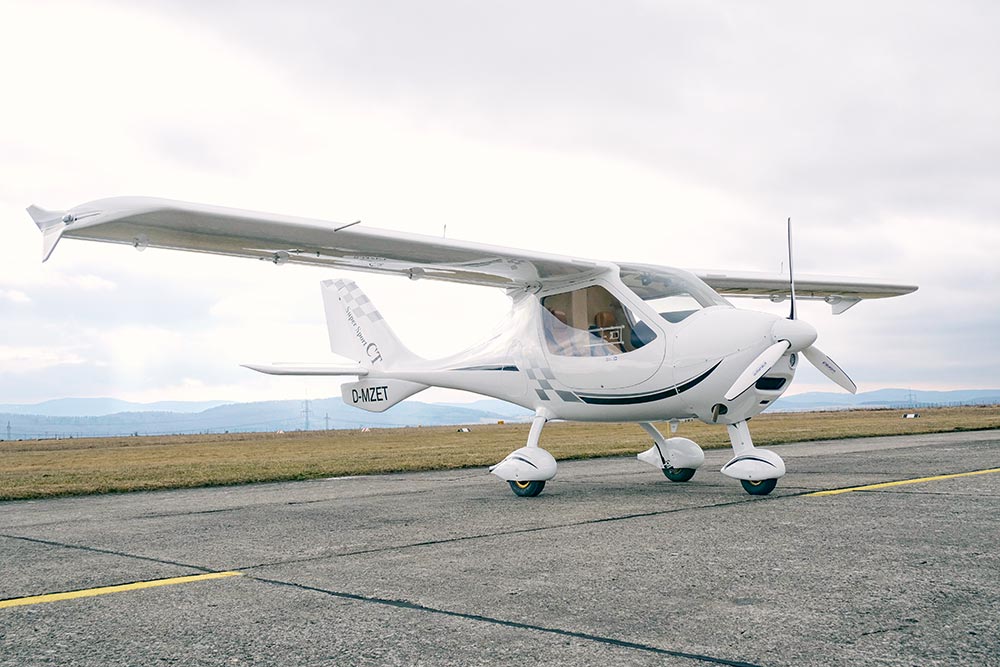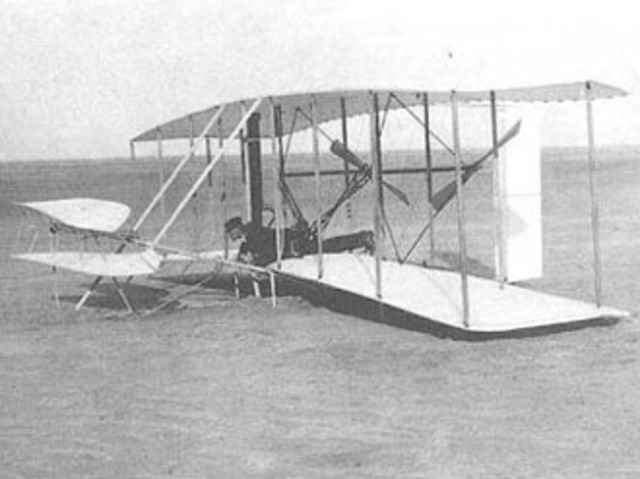I want to start by saying a big well done to you all! You have all had a brilliant start to your home learning. I can see how hard you have all been working and sharing it all on Seesaw. Let’s have another great week this week and remember to keep having fun!
If you don’t remember your log on for epic reading I can resend it via email.
Here is a snapshot of Friday’s fantastic work!
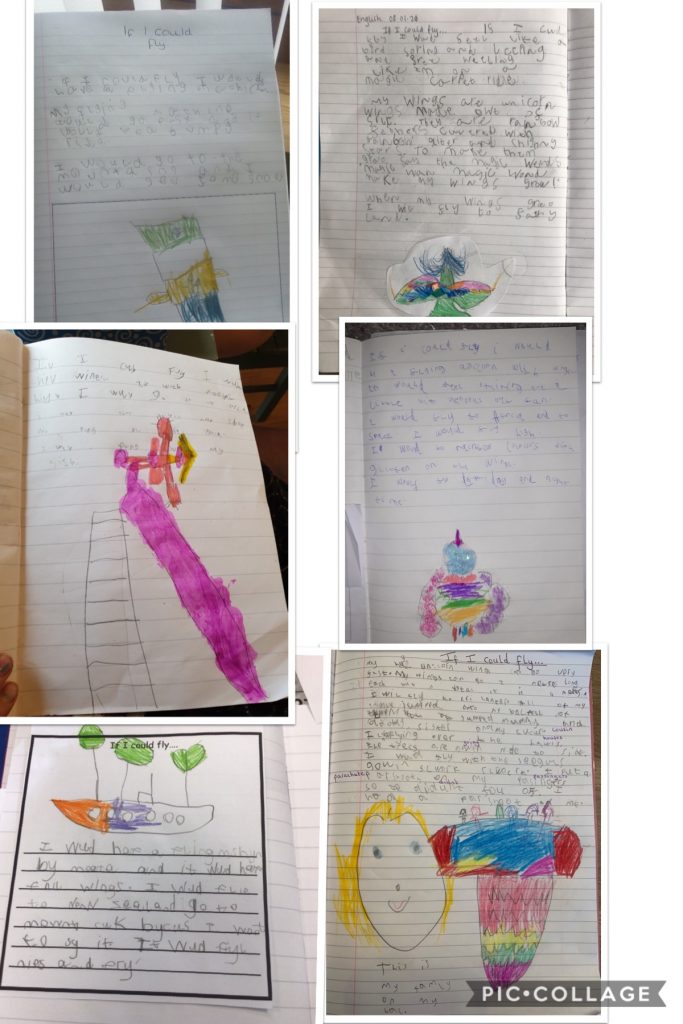
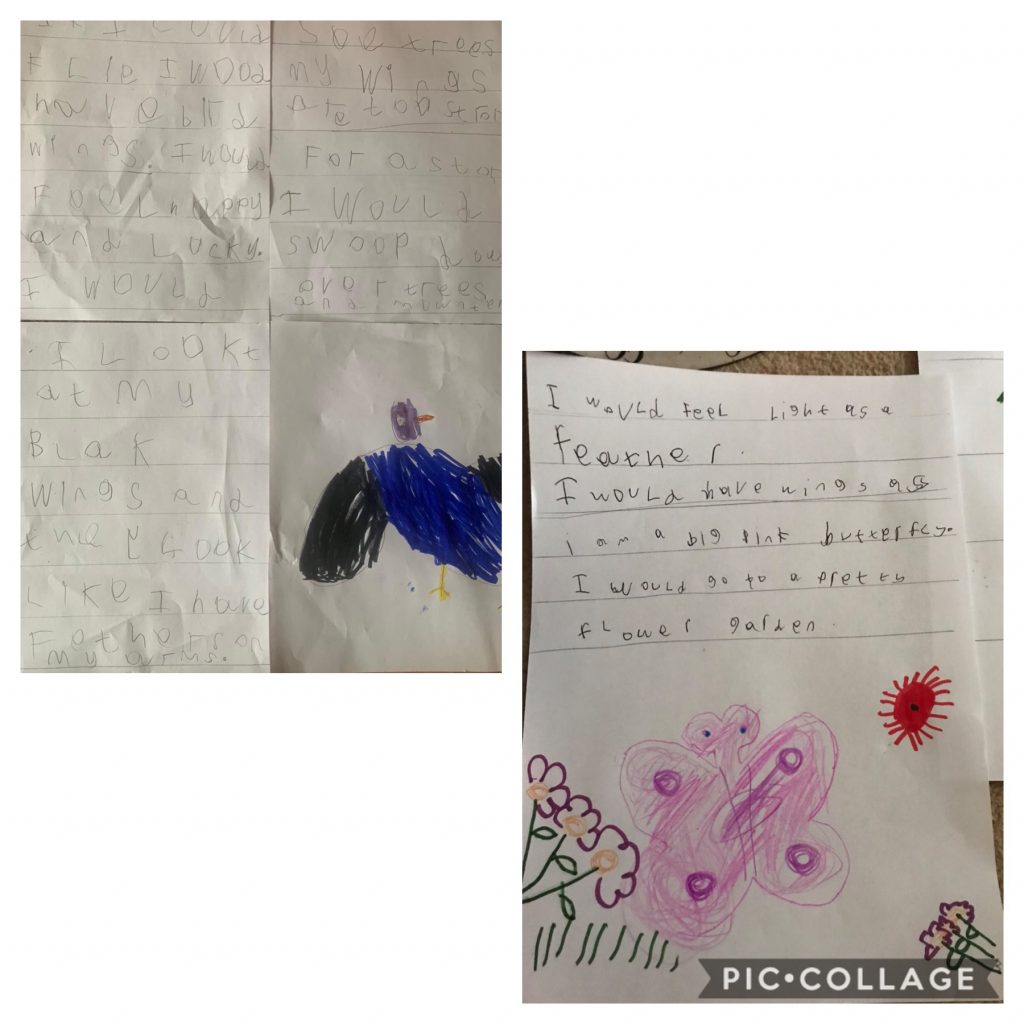
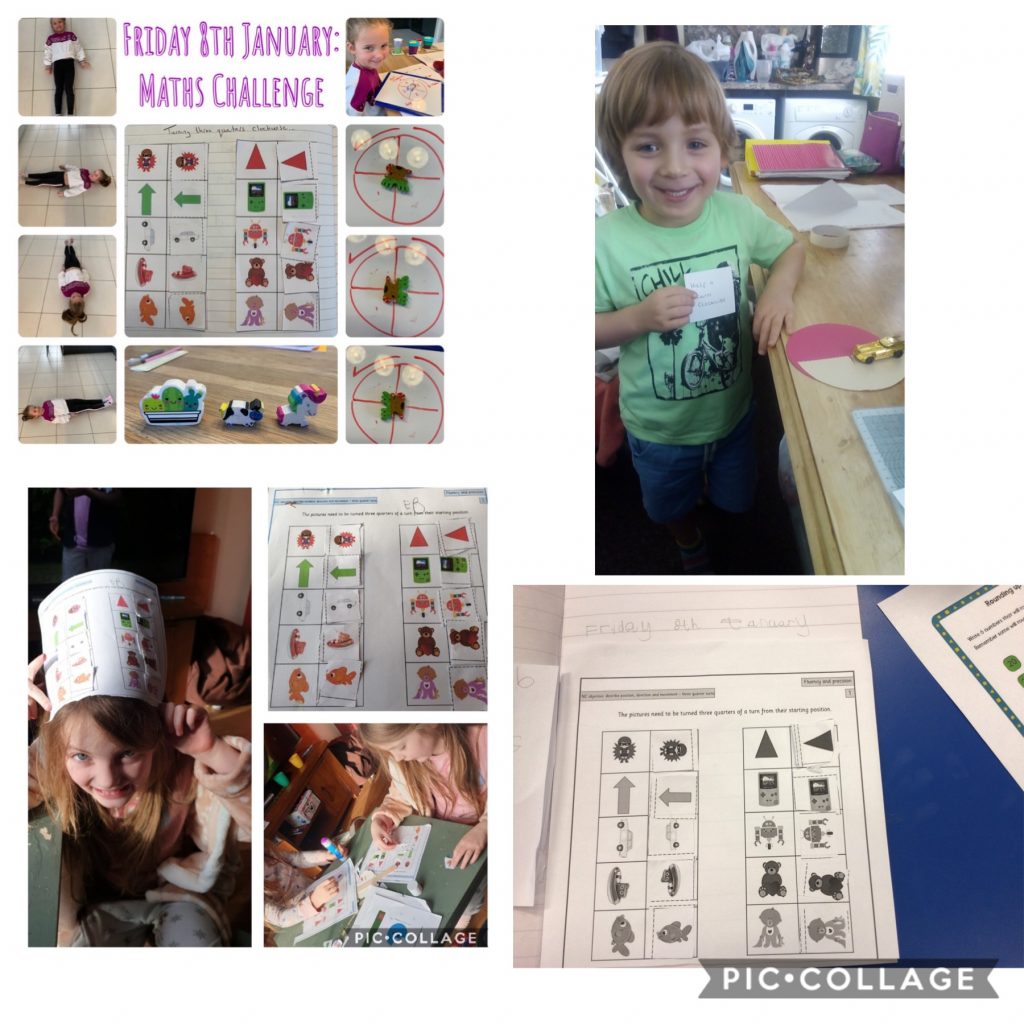

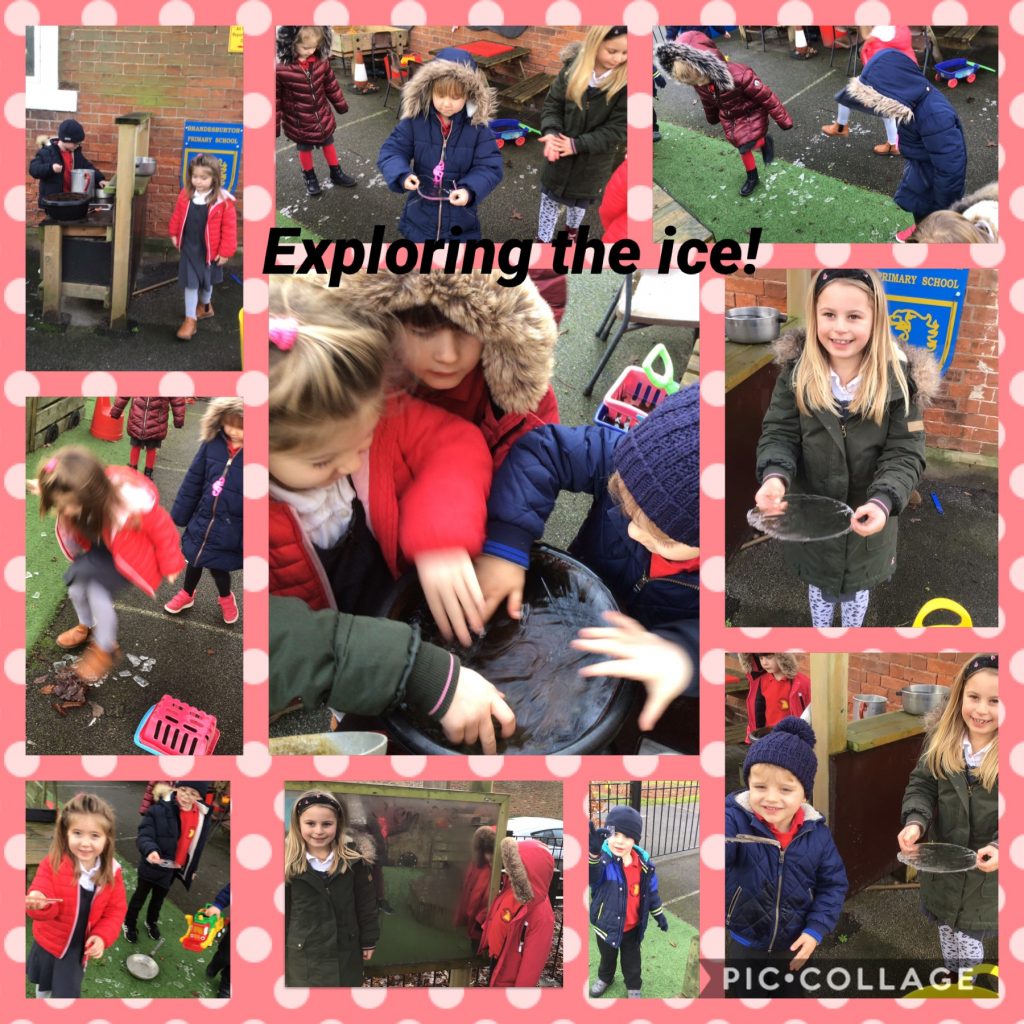
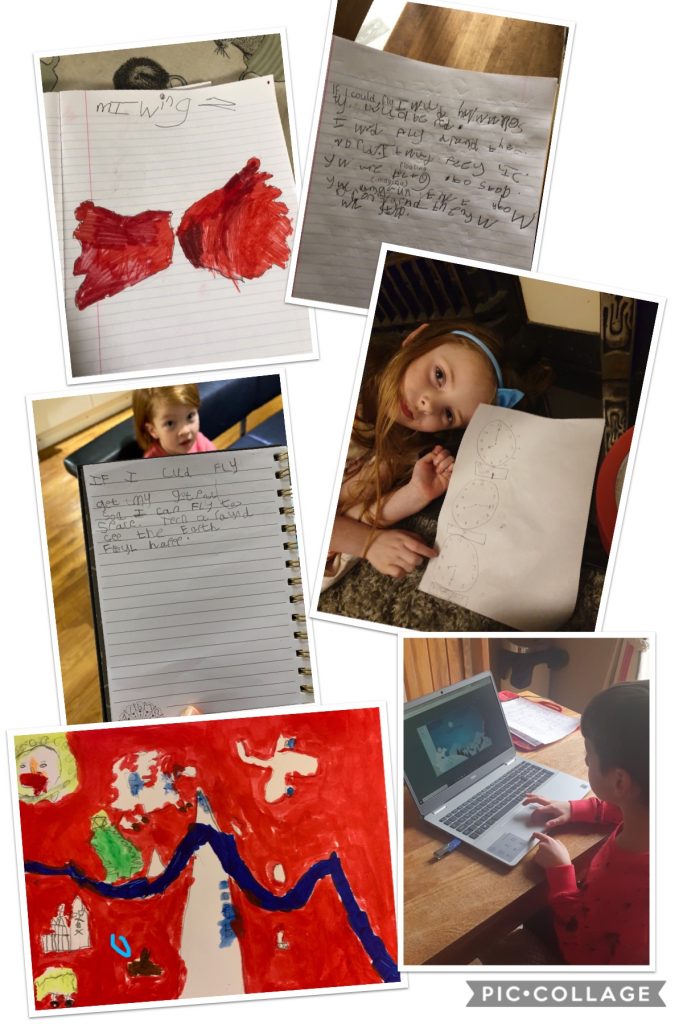
Today’s tasks!!
Phonics
Split digraph.
Write out these sentences and fill in the correct missing word using the selection given.

Practice reading the sentences.
Spellings
I have set a 2do on Purplemash to practice spelling some compound words, 2 words that go together to make a new word e.g. football and farmyard


You will also get a spelling booklet with your maths pack, you can work on this over the next few weeks and move through it as quickly or slowly as you need to. If you need more practice of words with a specific sound then do this before moving on!
English
We are going to start some new work today which will take us over the next 2 weeks
The pictures below are all from a story.
The pictures from the story have got a bit jumbled up. Can you put them in the order you think they might go in to tell a story?
Who are the characters in the story?
You can choose now whether you:
- Have a go at writing what you think the story is or
- Write a sentence to go with each picture describing what you think is happening
Don’t worry about having the pictures printed out, I have assigned this activity on Seesaw so you can number the photographs directly on to the given template or just write a little note for each one to help you remember, e.g. Sitting, photograph, shelves, park as you order them.
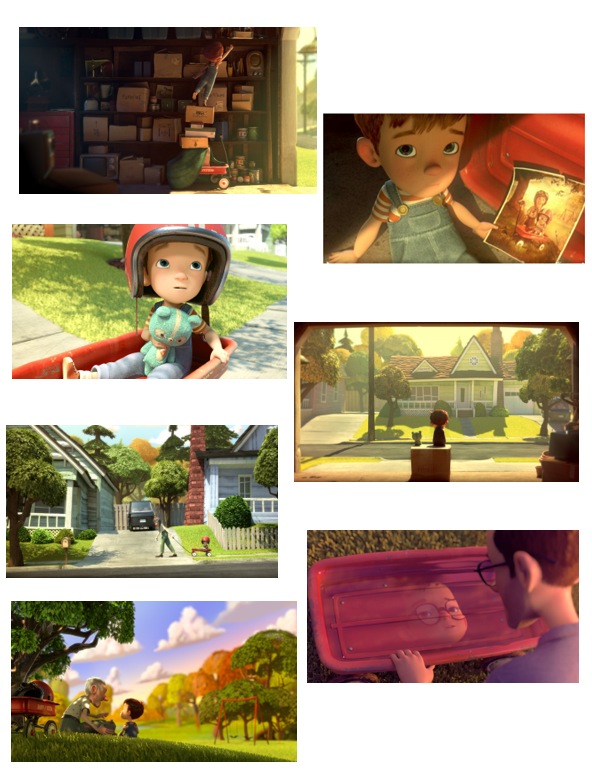
Extra activity for this week!
I thought this was a fun activity you could try at some point this week.
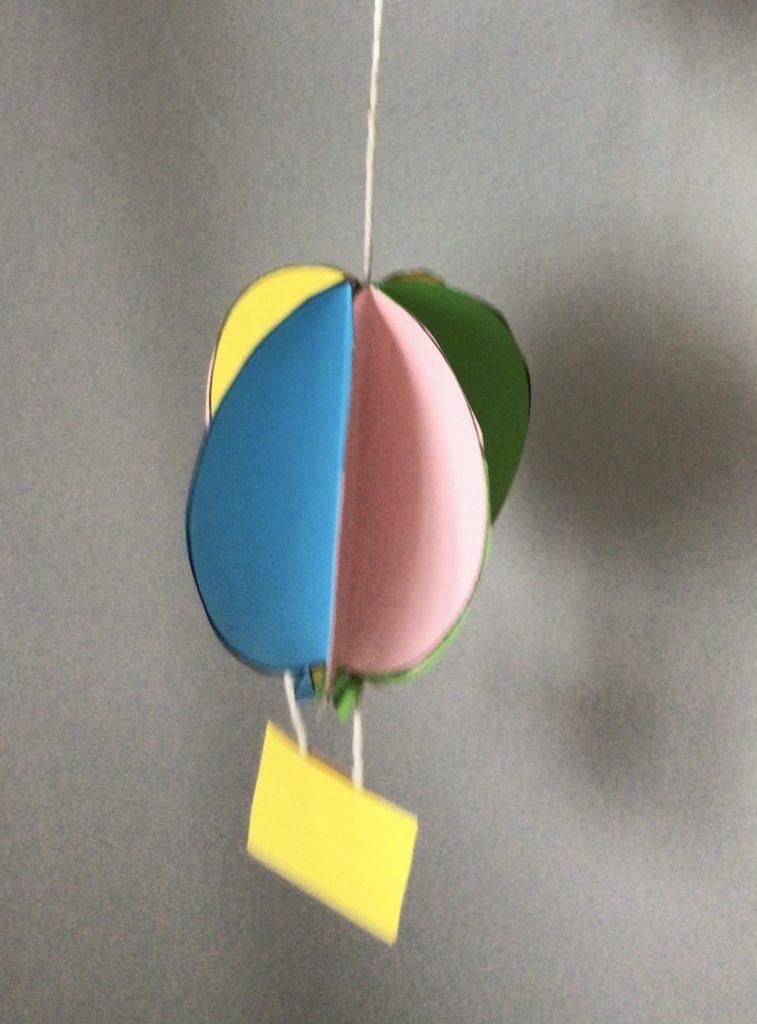
Make a hot air balloon!
Maths
On Purple Mash, in your 2DOs, you will find a talking book which will allow you to access the counting part of the lesson in a more interactive way.
On the interactive lesson I am going to keep between 1-20 today until you get your 100 square, but you can use bigger numbers if you are more confident.
Counting – Practise counting forwards and backwards from any number to 20. It is easier if the children are given a few numbers to help them sequence before giving them just 1. For example, if you want them to count on from 15 start by saying 13, 14, 15,… before going straight to ‘Count on from 15?’
When you only get 1 number it can be a little trickier, but we can do things to help us out. If I didn’t know what number came after 12, I could start counting from 1 to help me out. However you can do it in a quicker way. Now I know you can all count to 10, so instead of starting from 1 we can start by counting from 10.
10, 11, 12, 13.
What numbers come after 15 18 14? Practise counting up from 10 to help you work out the answer or to check if you were right.
Practical – Have 20 objects (Pasta, Cheerios, small toys..) ready. Grab a handful to make a pile of objects. Try to have an amount between 10 – 20.
Can you estimate how many there are?
Place the objects in a ten frame to help count the objects. Encourage your child to start counting from 10 rather than count each individual object once they are in the frame.
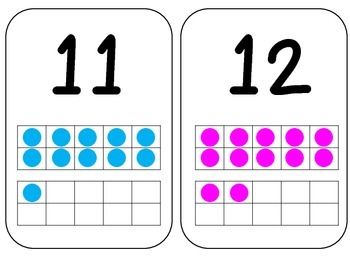
Have several turns using different amounts of objects.
Task – Practise counting on from 10 to answer the questions. I have put the task as an activity on Seesaw but you can also download the activity below.
Theme
Historians ask all kinds of questions to help them learn more about the past. They look at different artefacts and talk to lots of different people.
Our history unit this term is ‘The history of flight’. I would like you to think about what you would like to find out more about or tell us what you know already.
I know that some people used to make wings and flap their arms to try and fly, but I wonder if anyone managed to get off the ground for more than a minute?
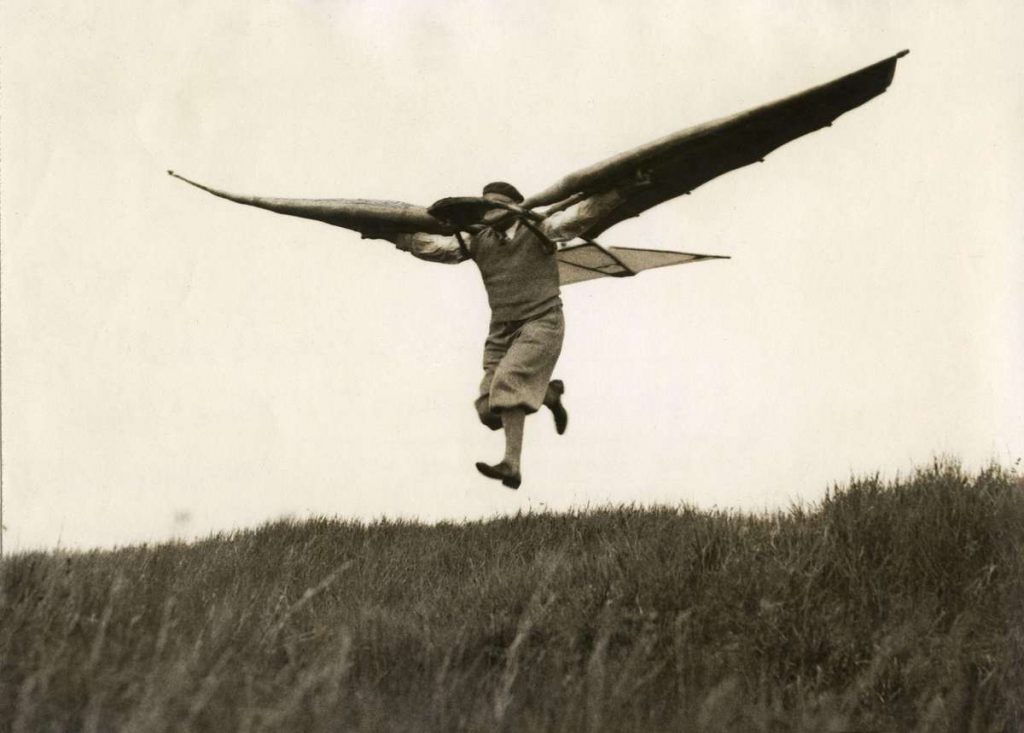
Here are a few more photographs to help you with ideas. Please continue to share your work/ideas through Seesaw or the Class 1 email.
